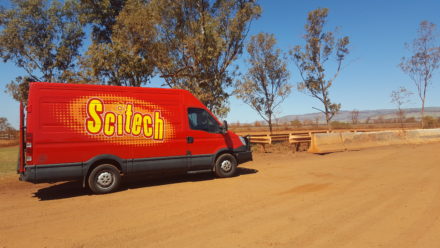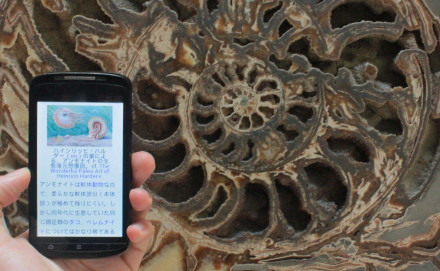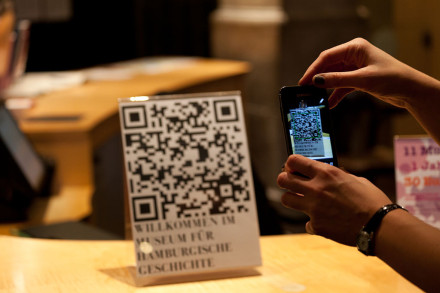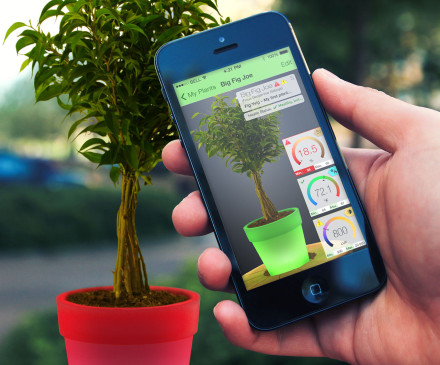Time has gone by so quickly.
When I started my role as a Scope co-Editor, preparing the ASC member newsletter bi-monthly with Tara Roberson, I was a young professional in science communication freshly graduated from University.
After completing a Bachelor of Science in Chemistry in the cute French town of Dijon, I decided to combine my passion for science with my love of sharing knowledge and embarked on a Masters of Science Communication. Little did I know that this career choice would send me on a trip to Australia and change my life forever.
What brought me to Perth was a six-month internship at the Western Australian Museum, where I picked up some useful science communication skills, learned to identify many Western Australian animals, discovered the existence of ALF and ate my very first lamington. After that, the plan was to travel for a month or two around Australia and, then, go home and find a job. At least that was the plan: I had a goal and (I thought) I knew how to get there. What I didn’t plan, though, is that I would fall in love and decide to start a new life here in Perth, 15,000 kilometres away from home.
I still had the burning ambition to become a science ambassador and being in a foreign country might add a challenge but wouldn’t stop me. I started to volunteer in several organisations and learned about forensic science and environmental chemistry at ChemCentre, cancer and heart disease at the Harry Perkins Institute of Medical Research and the terrific work being done by young astrophysicists at CAASTRO. But what was most incredible was to witness passionate and talented people make STEM more accessible to the public and raise awareness and interest for scientific issues. It truly was inspiring.
I have been a Scope co-Editor for 2.5 years and, since I started this voluntary role, my career has evolved. For the past year, I’ve had the grand title of Statewide Science Coordinator at Scitech, which is just as awesome as it sounds: I get to travel around the State to present science shows and workshops to primary school children. We learn about the physics behind toys, what happens when we mix a bunch of ingredients together and even what the night sky will look like tonight in our portable planetarium. Most importantly, we ask questions – a lot of questions! Because our goal is to foster the students’ curiosity and spark their interest in learning more about STEM.
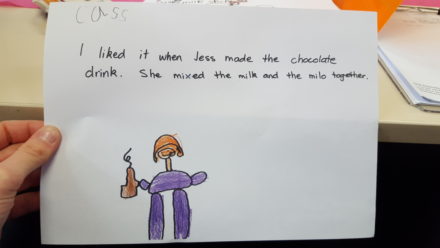
When you are a Science Communicator and work with schools, there is nothing more rewarding than children’s drawings
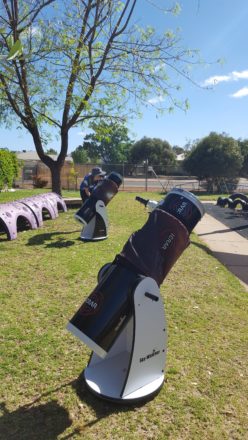
Scitech, ICRAR and Aspire-UWA join forces to bring Astrofest to Kalgoorlie! Here, we are setting up telescopes that allow us to safely observe the Sun
When I am not presenting, you will find me in the office developing new educational programs for schools and the general public (I should rather say: various segmented audiences…). All of this, unfortunately, doesn’t leave a lot of room for voluntary work, which is why I recently decided to hang up my Scope hat and resigned from editing the ASC newsletter.
I’ve had an absolute blast over the past 2.5 years. Editing the ASC newsletter was an invaluable experience, which allowed me to build skills and a network in the science communication community in Australia.
It is time to say goodbye, but before I leave I would like to say a big thank you to the Australian Science Communicators for giving me this opportunity and helping me grow as a Science Communicator. Thank you to ASC Executive Kali Madden and co-Ed Tara Roberson in particular for their e-presence and unstoppable support.
And of course, welcome to our two new co-Editors!

